Lecture Material
Day 1 [ August 10, 2019]
-
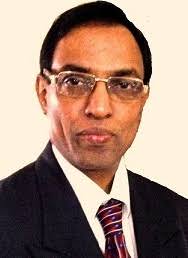
Prof. P. Nagabhushan
Indian Institute of Information Technology, Allahabad, India
Title: Incremental learning in the frame work of Symbolic-Histogram objects for Big-Data
To Be Updated
Day 1 [ August 10, 2019]
-
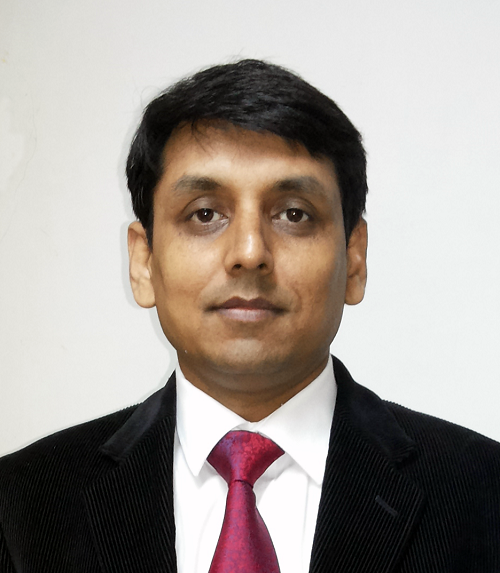
Dr. Nishchal K Verma
Indian Institute of Technology Kanpur, India
Title: Deep Learning with Fuzzy Systems
To Be Updated
Day 1 [ August 10, 2019]
-
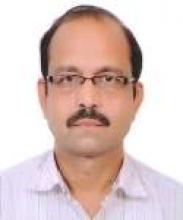
Prof. Ramesh K Agarwal
Jawahar Lal Nehru University, New Delhi, India
Title: Composite Kernel SVM in Conjunction with Spatial Filter for Brain Computer Interface
To Be Updated
Day 1 [ August 10, 2019]
-

Dr. Hari Mohan Pandey
Edge Hill University, United Kingdom
Title: Utility of Genetic Algorithm and Grammatical Inference for Big Data Analytics: Challenges, Solutions and Applications in Big Data Analytics
Genetic Algorithms (GAs) are metaheuristic algorithm operates on encoding mechanism. GA’s success depends on a good balance between exploration and exploitation. Exploration aims to visit entirely new region of a search space whilst exploitation focuses on those regions of a search space recently visited. The key challenges with the metaheuristic algorithms including GAs are: (a) how to improve the convergence speed and avoid premature convergence, (b) mechanism for controlling parameters and, (c) how to maintain a good balance between exploration and exploitation. The aim of this talk is to provide a much deeper understanding about exploration and exploitation strategies and identify possibilities by which performance of the GAs can be improved. The domain of enquiry in this talk is grammatical inference (GI). GI is a methodology to infer context free grammars (CFGs) from training data and, it provides greater benefits in data mining and big data analytics. Through this talk an attempt is made to present a fresh treatment and discuss the utility of GA and GI for big data analytics in 4-rational aspects: (a) what are challenges in implementing a GA; (b) how to control exploration and exploitation in GA; (c) How to apply GA for real word problems and, (d) How GA and GI are suitable for big data analytics. The obvious outcome of this talk is to create an awareness among the researchers about the suitability of GA and GI for big data analytics. I also believe that this talk might be useful for the researcher to identify the possibilities to develop new algorithm in the big data analytics domain.
Day 1 [ August 10, 2019]
-
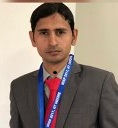
Dr. M. Tanveer
Indian Institute of Technology Indore, India
Title: Large scale least squares support vector machines
To Be Updated
Day 2 [ August 11, 2019]
-

Prof. Shekhar Verma
Indian Institute of Information Technology Allahabad, India
Title: Learning with Big Data
To Be Updated
Day 2 [ August 11, 2019]
-
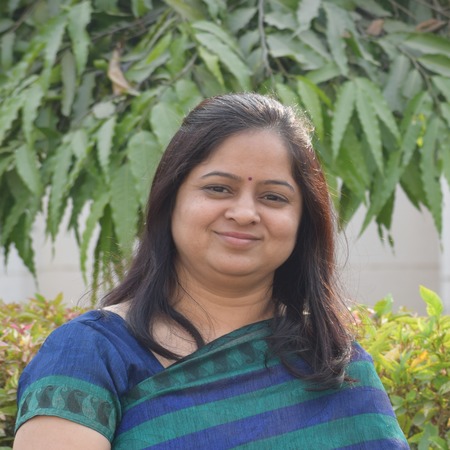
Dr. Sonali Agarwal
Indian Institute of Information Technology, Allahabad, India
Title: Data Stream Analytics for Cyber Physical Systems
Streaming data are potentially infinite sequence of incoming data at very high speed and may evolve over the time. This causes several challenges in mining applications of Cyber Physical Systems(CPS) due to processing needs of large scale high speed data streams in real time. Hence, this field has gained a lot of attention of researchers in previous years. The present research work discusses various challenges associated with mining such data streams especially in the domain of Cyber Physical Systems. Several available stream data mining algorithms of classification and clustering are specified here along with their key features and significance. Also, the significant performance evaluation measures relevant in streaming data classification and clustering are important to observe with their comparative analysis. The research work also illustrates various streaming data computation platforms that are developed and their significance in cyber physical systems and discusses each of them chronologically along with their major capabilities. It also clearly specifies the potential research directions open in high speed large scale data stream mining from algorithmic, evolving nature and performance evaluation measurement point of view.
Day 2 [ August 11, 2019]
-
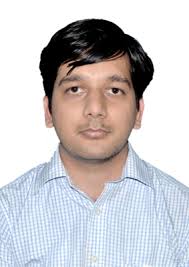
Dr. Rahul Kala
Indian Institute of Information Technology, Allahabad, India
Title: Making sense of High Rate/High Definition Data in Self-driving Cars
The self-driving cars are equipped with a large number of high definition sensors like 3-D lidars and stereo cameras. The primary necessity is to make real time decisions. In this talk we look at the most important module to calculate accurate the position of the vehicle based on the sensor readings, while also representing the rich sensor information as a map, commonly known as the problem of Simultaneous Localization and Mapping. The talk tours around the beautiful campus and illustrates the technology that can automatically make a map of the campus so that next time the vehicle can know where it is, just by a sight using the sensors. The talk also looks into the possibilities to learn the localization and navigation modules using machine learning on such a high definition data. Lastly, the talk delves into making the decisions under dynamic and adversarial settings.
Day 2 [ August 11, 2019]
-
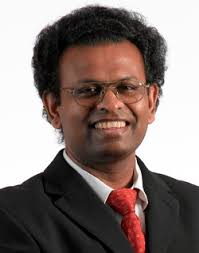
Prof. Ponnuthurai Nagaratnam Suganthan
Nanyang Technological University, Singapore
Title: Convolutional Neural Network: the biologically inspired model of deep neural network
To Be Updated
Day 3 [ August 12, 2019]
-
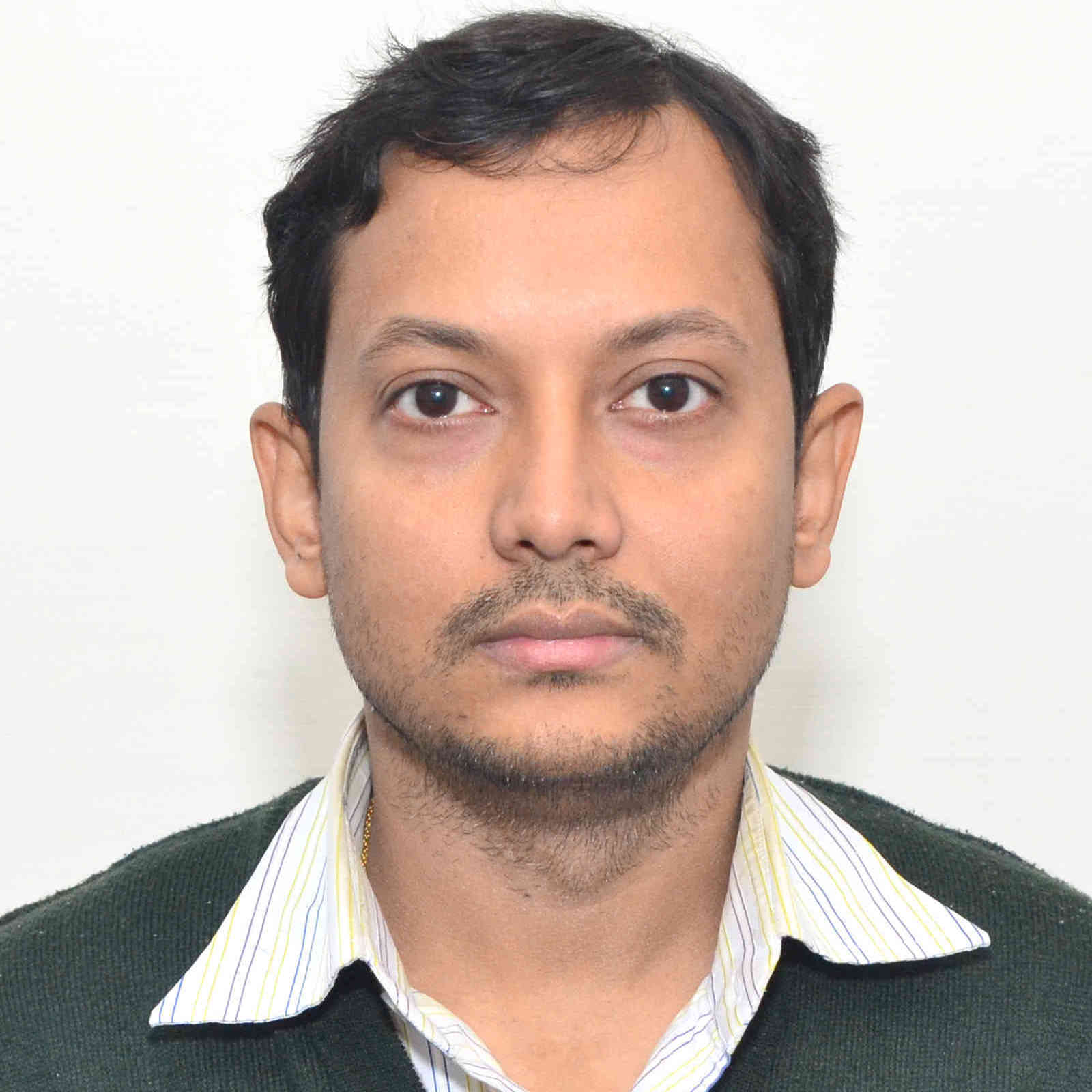
Dr. Partha Pratim Roy
Indian Institute of Technology, Roorkee, India
Title: Application of Machine Learning using Sensors
Over the last years, information technology (IT) has moved very rapidly from desktop to mobile computing. With the advanced and extensive use of smartphones, smart watches and head-mounted devices, this paradigm shift in terms of computing from home-office environment to an anytime-anywhere activity. Introduction of low-cost depth sensors such as Leap motion or Kinect has made capturing of 3D data more convenient. These sensors are used to capture finger and gesture information quite effectively. In the first part of my talk, the use of machine learning for developing applications will be demonstrated. It will include applications like, document image processing, 3D-air Gestural User Interfaces, 3D air writing, etc. In the second part of my talk, I will present applications of EEG technology on brain-computer-interface (BCI). The development of Electroencephalography (EEG) sensor technology through wireless headsets and their connectivity with mobile devices has opened-up new ways of implementation of Brain Computer Interface (BCI) applications. Traditionally, EEG signals are used in diagnosing diseases. Since brain signals represent the physiological and behavioural information about a person, these signals are widely used in developing biometric, predictive, emotion and gaming applications. In this talk, analysis of EEG signals and few applications of EEG technology beyond clinical applications using brain-computer-interface (BCI), will be presented.
Day 3 [ August 12, 2019]
-
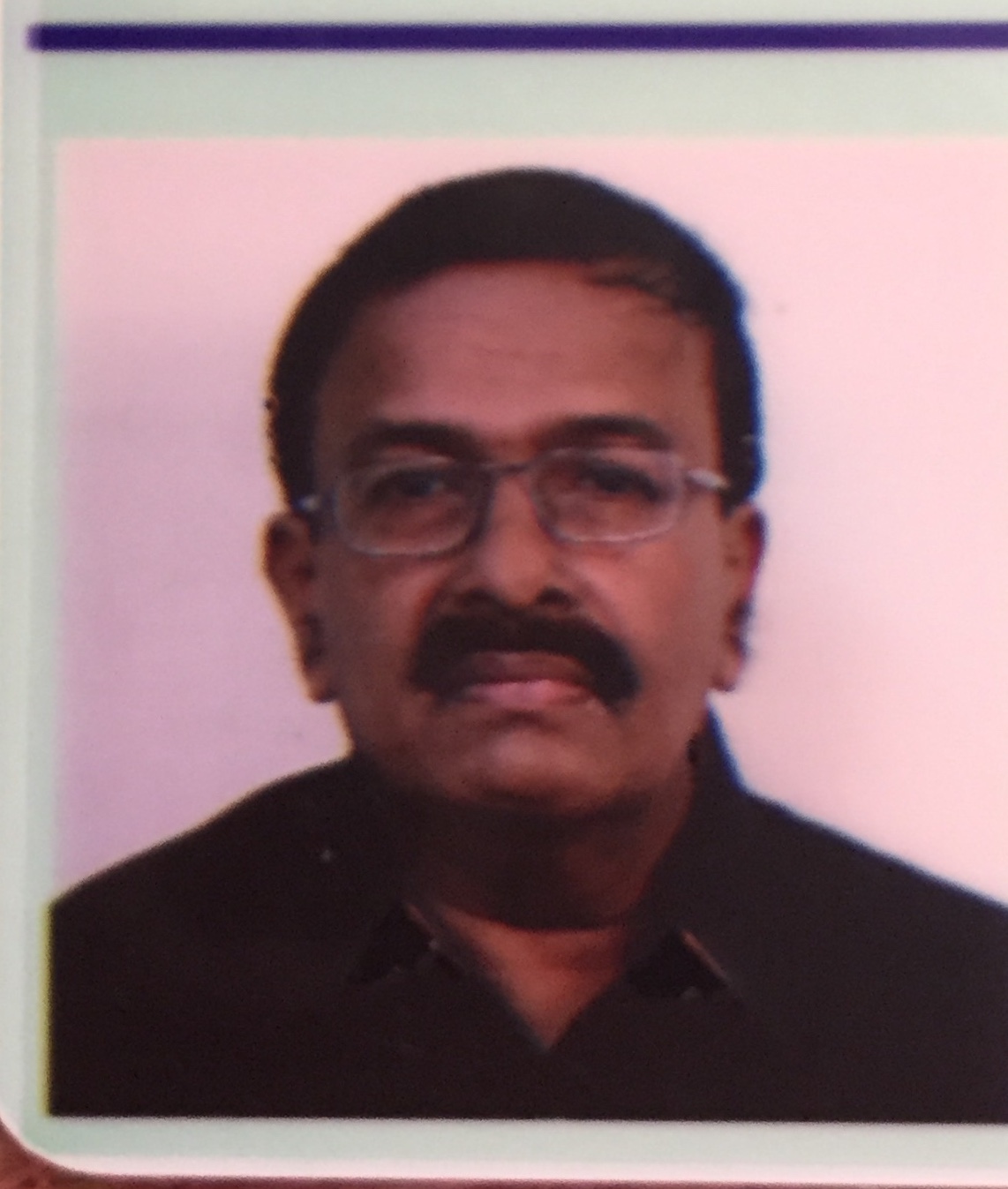
Dr. R Krishnan
Indian Institute of Space Science and Technology Thiruvananthapuram, India
Title: Security for Images and Images for Security
Images can be transmitted with embedded covert information. This can be for legitimate or malicious purposes. This is referred to as Steganography. Alternately Image fragments can be used to send/store information which can then be retrieved securely. This process is called Visual Cryptography. The first half of the title of this talk refers to Steganography and the second to Visual Cryptography. Steganography is primarily used for the covert transmission of information even though the purpose can be legitimate or malicious. It has been used from historical Times. In this talk I will discuss the main methods of steganography like LSB embedding etc. The methods of steg analysis which is the reverse process of examining whether steg content is present will also be briefly explained. The method to build a steg firewall which will filter steg content without identifying it explicitly forms the basis of a thesis by one of my students. This will be described Along with the results. Briefly the method involves the use of low level radiometric and geometric image processing operations on the steg image. This has the effect of smearing the steg content and will largely make them unintelligible. At the same time the cover image will also get degraded. A deconvolution process is proposed which will restore the cover image quality largely. The PSNR of the restored images was in the acceptable range of 30-40. Using steg analysis methods the obfuscation of the steg content is also confirmed. In visual cryptographic schemes shares of secret images look like random patterns when stacked together they produce meaningful images. By distributing these shares or by sending them through different channels security can be ensured. The basic VCS scheme will be described and the extension proposed by one of my students will also be discussed. In the EVCS scheme the shares look like meaningful images. In the case of ideal contrast deterministic construction for VCS, each participant needs to hold one or multiple image shares with same size of the binary secret image and the secret image will be reconstructed without any change in resolution.
Day 3 [ August 12, 2019]
-

Dr. Rajiv Mishra
Indian Institute of Technology, Patna, India
Title: Storage technologies for Big Data
The new generation of storage systems called key value stores as the storage systems for Big Data. We will see the storage technologies for big data concept and the architecture of different systems. These big-data storage technologies are used by companies like Twitter comm where you receive millions of tweets from millions of users you might maintain a key value store, the online retailer like Amazon also maintain the information about item etc, the kayak.com flight booking online store where the flight information The big data involved in such online apps need to maintain this data on a distributed cluster of servers i.e. the database maintains large amounts of data and this data can then be queried it can be looked up and so the companies like Netflix. We will discuss at the design of a real key value store Apache Cassandra which is one of the most popular key value stores that is being used in industry today
Day 3 [ August 12, 2019]
-

Prof. Kenji Doya
Okinawa Institute of Science and Technology Graduate University , Okinawa, Japan
Title: Artificial Intelligence and Brain Science
Human brain functions have long served as the targets of development of artificial intelligent systems. Findings in neuroscience have provided guidance at multiple levels in the designs of machine learning architectures and algorithms. Today’s neuroscience, in turn, necessitates applications of artificial intelligence and machine learning algorithms for making sense of huge datasets. This lecture reviews examples of co-evolution of AI and brain science and consider how they can help each other for further progress.
Day 4 [ August 13, 2019]
-

Prof. Kenji Doya
University of Tokyo, Japan
Title: Big Data Challenges in Neuroscience
Today’s neuroscience is becoming data science, thanks to progresses in high-throughput instrumentation, including two-photon calcium imaging, serial section electron microscopes, and single-neuron RNA sequencing. This lecture first reviews computational methods used for big brain data analysis and modelling. Examples are then presented in calcium imaging data analyses for identifying the neural circuits for reinforcement learning and mental simulation.
Day 4 [ August 13, 2019]
-

Prof. Vasudha Bhatnagar
Deptt of Computer Science, University of Delhi, Delhi, India
Title: F.A.T.E. in Artificial Intelligence
Abstract: Big data, augmented with theoretical breakthroughs in Machine Learning and hardware advances, has been the primary driver of Artificial Intelligence research, development and deployment. Touched by AI technology on personal devices, humanity is heading towards an environment where critical and crucial decisions will be taken by Artificial Intelligence. My talk will touch the concerns that are being raised over the deep penetration of artificial intelligence in Healthcare, Finance, Education, Recruitment, Autonomous driving vehicles, Robotics etc. The dual goal of this talk is to sensitise the school attendees towards development of responsible AI, and the educators to formally include content regarding these concerns in Ai courses.
Day 4 [ August 13, 2019]
-
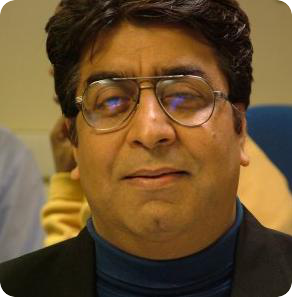
Prof. O.P. Vyas
Indian Institute of Information Technology, Allahabad, India
Title: From Predictive to Prescriptive Analytics: Challenges & Opportunities
Though Data Analytics has become integral part of the decision making in the most enterprises but still approaches are mostly either descriptive or predictive in nature. Whereas the decision points / action points are not precisely formed in these approaches and also the associated costs-benefits are not thoroughly discussed in the current scenario. Prescriptive approaches are being explored to fill the gaps and is often considered as the next step towards increasing data analytics maturity and leading to optimized decision making ahead of time for business performance improvement. The prescriptive Analytics is though relatively new and approaches and performance metrics thus poses interesting challenges to be addressed by the researchers. The proposed talk while presenting the state of art in the prescriptive analytic approaches, addresses the related issues with specifics associated with the Prescriptive Analytics framework for an improved decision making.
Day 5 [ August 14, 2019]
-

Dr. Manish Kumar
Indian Institute of Information Technology Allahabad, India
Title: Big/Large data mining-Algorithms
This talk will focus on distributed and parallel algorithms of data mining. Important methods and algorithms for big and large mining will be covered. Research issus and challenges will be discussed. Association mining and clustering algorithms using Map Reduce implemention will be covered.
Day 5 [ August 14, 2019]
-
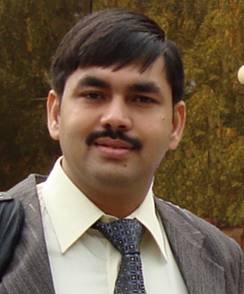
Dr. Vrijendra Singh
Indian Institute of Information Technology, Allahabad, India
Title: Time series data analysis
Time series analysis has been always important for pattern recognition researchers. Time series data analysis comprises methods for analysing time series data in order to extract meaningful information for the purpose of modelling, classification, clustering and forecasting etc. Parametric and non-parametric techniques have been widely used in the study of time series data. Recent advancements like time series anchored chains and deep learning model have been presented including real life applications and challenges.